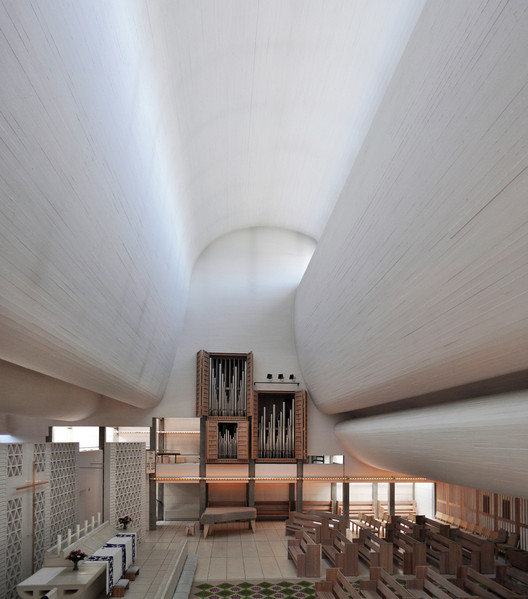
We will be publishing Nikos Salingaros’ book, Unified Architectural Theory, in a series of installments, making it digitally, freely available for students and architects around the world. The following chapter discusses the extent to which architecture can be considered successful, i.e. adaptive to its specific locality. Although recognizing the merits of “Critical Regionalism,” Salingaros here explains why that framework is not enough to analyze architecture in terms of its environmental, cultural and emotional impact. If you missed them, make sure to read the previous installments here.
Suppose that we have successfully documented and catalogued all form languages, including those from vernacular traditions, past times, and contemporary practice. A scientific approach requires the next step, which comprises both analysis and classification. A catalogue is a useful store of information, but it is only the beginning of a systematic study.
What do some form languages have in common, and on what qualities do some of them differ? One measure is their degree of complexity, as documented by the length of description of the form language. Another is adaptation to locality. How far does a form language justify itself as being regional? Here, regional is the opposite of universal.


